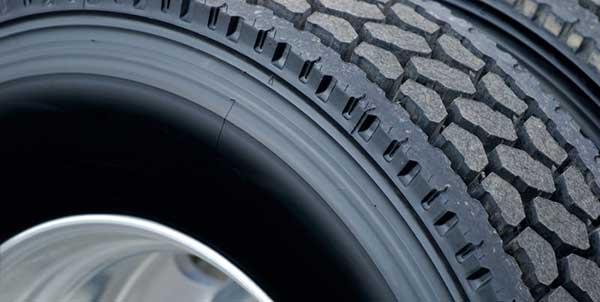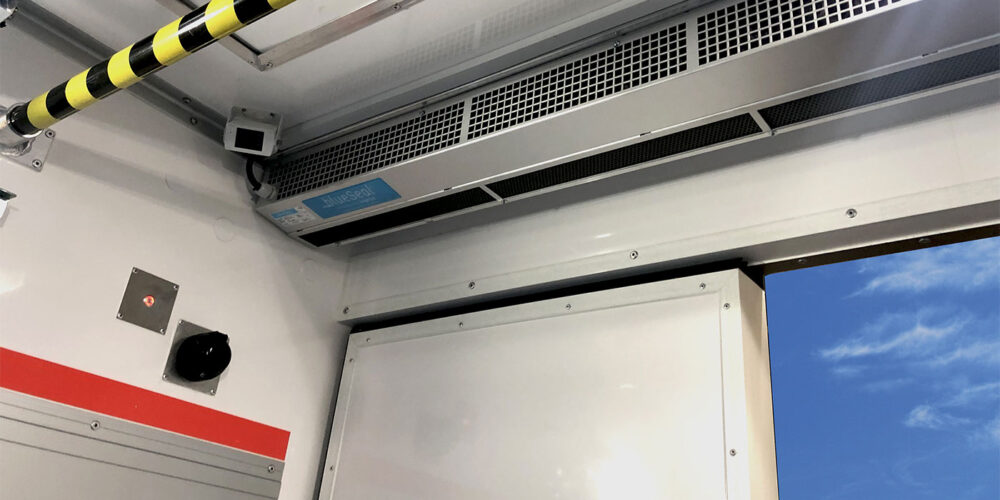Every fleet determines its recommended tire pressure based on the worst vehicle load. Since loads vary by wheel position, using the load/inflation tables published by any tire manufacturer will determine the proper tire pressure based on the specific load. That is why many fleets have a different air pressure specification for steer versus drive versus trailer tires. Those load/inflation tables are all based on an ambient temperature of 70 degrees F.
You check a tire at 8 a.m. and the shop temperature is 70 degrees F. The load/inflation table shows that you should be running 100 PSI on the 295/75R22.5 load range G steer tire based on the worst case load of 5,780 lbs./tire. Using a calibrated pressure gauge, you measure exactly 100 PSI. The fully loaded tractor-trailer leaves the yard and begins running on the interstate at 65 MPH. Within five minutes, the driver leaves the cab and checks that same steer tire and finds 107 PSI. He or she gets back on the road and drives an additional 20 minutes, then rechecks the same steer tire and measures 115 PSI. Thirty minutes later the tire pressure is still 115 PSI while the outside temperature has not risen from the 70 degrees F.
Time for a five minute coffee break. The driver stops the vehicle, finishes a cup of coffee, and finds the tire pressure is now up to 118 PSI. Why? The sun is shining brightly, causing the increase in tire pressure. The driver now gets back on the highway and runs for another hour before checking the tire pressure again; pressure is still 118 PSI. The tire has reached a steady state condition and will stay at this pressure assuming all operating conditions remain the same, including the outside temperature.
But, of course, that is not going to happen. The road surface will have an impact on the tire pressure, as well. For instance, there is a difference between running on concrete and asphalt. The surface temperature of asphalt is usually hotter than concrete and may increase the tire pressure another one or two PSI. Now the tire pressure may reach 120 PSI due to this. Vehicle speed can increase the tire pressure even further. Running at 75 MPH versus 65 MPH will generate more heat and the tire pressure may reach 125 PSI.
Should you be concerned that the tire is 25% “overinflated” at 125 PSI? The answer is simple. NO! Tires are designed to take these load, speed and temperature variables into account when a commercial radial truck tire is designed, developed and tested. Welcome to the real world. This is why tire companies clearly state in their literature to never check a hot tire for pressure because you will think that the tire is overinflated when it is exactly where it should be when it comes to the tire pressure.
Don’t take air out of a hot tire! A truck tire can take several hours to revert back to its original pressure. And you simply do not know where in the cycle you are checking the tire pressure. It is recommended to check vehicle tire pressures first thing in the morning after the tires have cooled down overnight.
Having said that, you need to be aware that cold weather can create a different challenge. As an example, a tire that has cooled down after running all day and measures 100 PSI at 70 degrees F will lose pressure if it sits out overnight and the temperature drops to 20 degrees F. When the tire is checked, you will find only 90 PSI in the tire because when the temperature drops, so does the tire pressure. Every loss of 10 degrees F equals a loss of two PSI. You may think that the tire is underinflated but is not. As soon as it warms back up to 70 degrees F, the tire pressure will be back to the specified 100 PSI.
We always say that heat is a tire’s worst enemy. And it is when a tire running underinflated generates excessive internal heat due to increased sidewall flexing and a longer tire footprint (more rubber on the road).
An underinflated tire is always much more serious than a tire being a few PSI overinflated. Excessive heat will eventually lead to tire failure.














